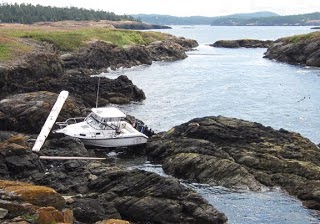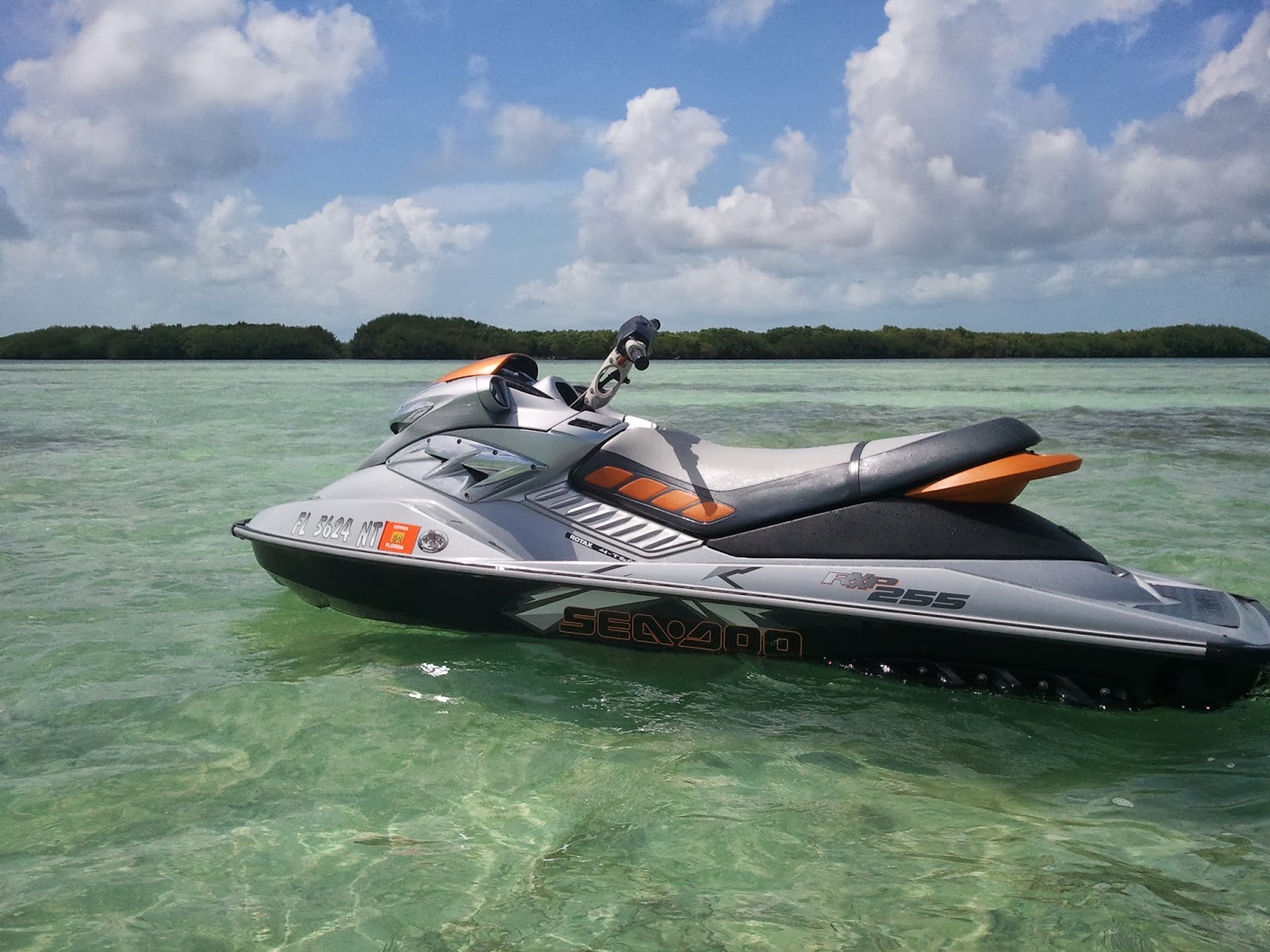“The church says the earth is flat,
but I know that it is round, for I have seen the shadow on the moon, and I have
more faith in a shadow than in the church.” ~Ferdinand Magellan
“I can see the bridge from here…how hard could it be?” [derisive snort] Spoken like a true amateur boater. Well congratulations, you are helping keep fine companies like Sea Tow and BoatUS in lucrative business!
Unless you are one of those people that
never, ever ventures outside your community lake or wanders more than a mile or
2 from the boat ramp on the Intracoastal Waterway, then this gripe may not be
for you. On the other hand, you may
learn a thing or two you didn’t know, with one simple tool…a map! In the boating world, we call them navigation
charts. Learning how to read a nav chart
is no different than learning how to use road maps or, more relevant to today’s
trends, GPS. Sure, you CAN get by
without these…but WOW is sh*t ever so much easier and less stressful when we use
these brilliant graphical devices! Now
we know how to make an effective detour, find scenic routes through National
Parks, know where we might find an unexpected toll road…and if you are using a
common civilian GPS it will even tell you where gas stations, restaurants, and
other popular services are. Unless you
are in a mid-life crisis, and are intentionally driving around trying to get
lost, learning how to understand a road atlas in kinda basic, right?
The same applies to boating. Repetition breeds familiarity, but the growing
trend among PWC riders is travel…and some of it very long distances. And that means more time is being spent in
new, untested waters. Wouldn’t it be
nice to know a little about the area before you punch the throttle and hope for
the best? I think so!
 |
| The best route between A & B is not always a straight line! |
 |
| Navigation charts are a wealth of essential information. |
 | |
| Shallow entrance into Top Secret Mangrove Lair, marked only with a few PVC pipes installed by locals. |
Just this weekend I was out with the mission to get to a
cool hiding spot that a colleague alerted me to, but after reviewing the
charts, I had to carefully plan my approach due to gobs of shallow water. The charts revealed the safest passage. (One other note…nav charts are made of waterproof
paper, so I recommend that you take them with you. DO NOT rely 100% on your GPS, smart phone, or
other electronic gadget…they break, fall in the water, batteries die. Always have a contingency plan! Unless your paper maps catch fire or blow
away in a gail, they will always be at the ready. And have a cheap compass on board in case you
are super lost and need to take bearing measurements to navigate the
old-fashioned way – another invaluable and dying skillset) I am quite certain that if I did not research
first, I would have almost definitely gotten into trouble. Good news – I made it! There were a few hairy spots, but at least I
expected them.
 |
| Nav charts can even be social tools! Sitting on my ski reviewing charts yielded a new friend. Hi, Frank! |
I have one final word of advice before I stop Mother Henning
about all this, but it is important.
When traveling to new, unfamiliar areas – file a float plan with
someone. Anyone. Your spouse, your
friend, your ex-wife’s brother’s cousin…let someone know what your plan is.
That way if you turn up missing from the office on Monday, someone will know
where to send help to get you out of the bushes you drove up into full-speed
while you were drunk. Unless they want
to collect your bloated life insurance check, then maybe not!
Since I know all of you are probably already getting into
your cars to drive over to West Marine to get nav charts, I will simply
conclude with a random pretty picture of a random pretty island in my new
playground. Which thanks to my charts I
knew I had to travel around the east side of.
Map on, Friends!


